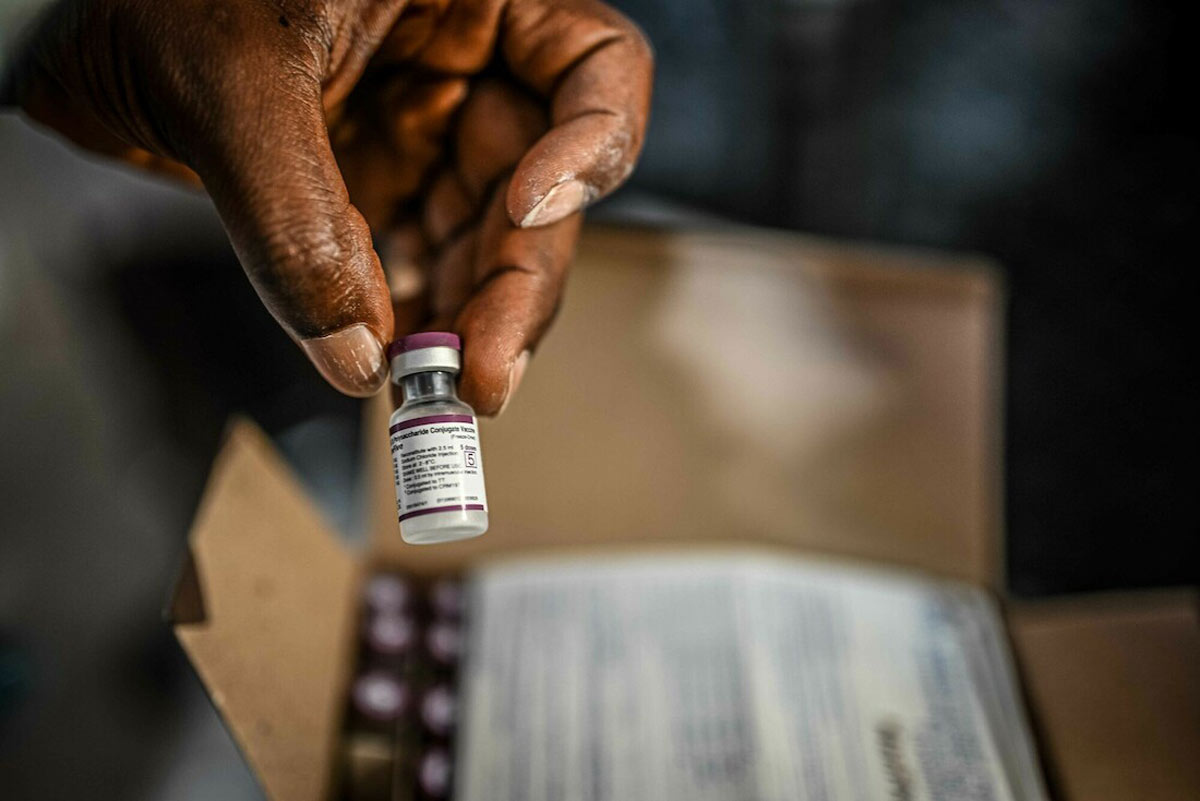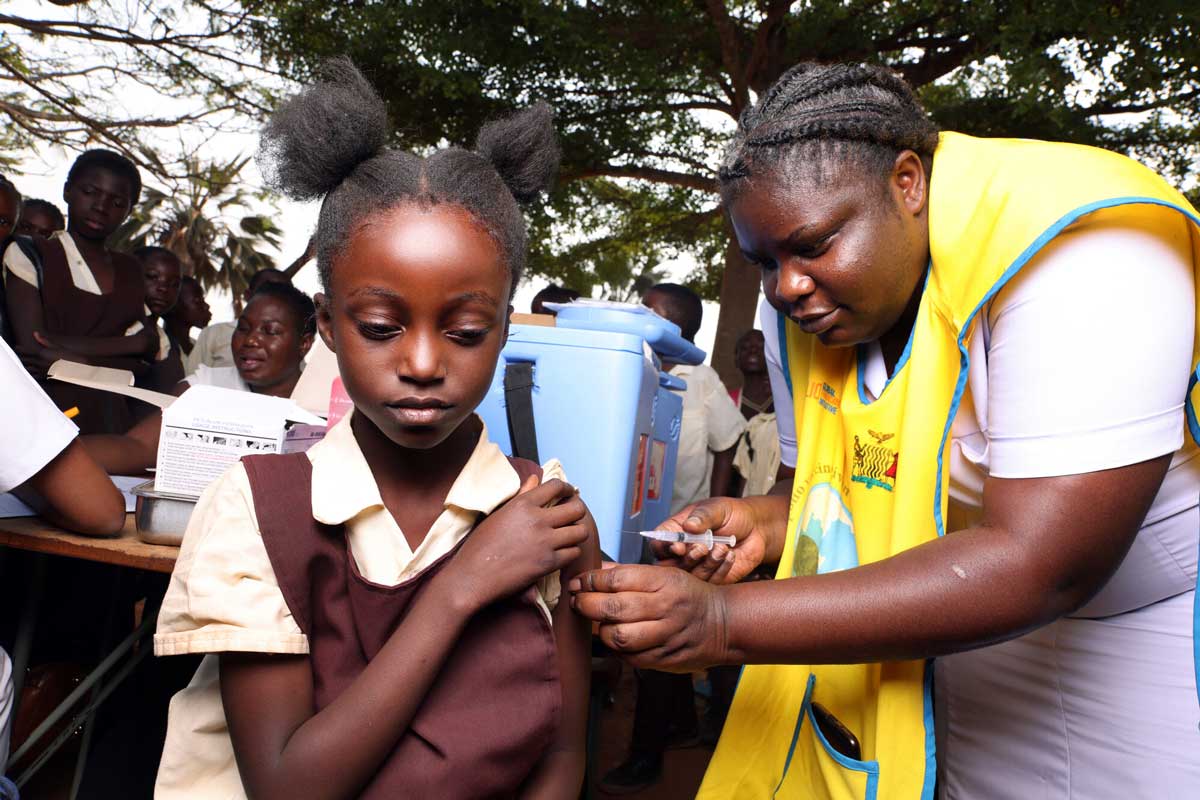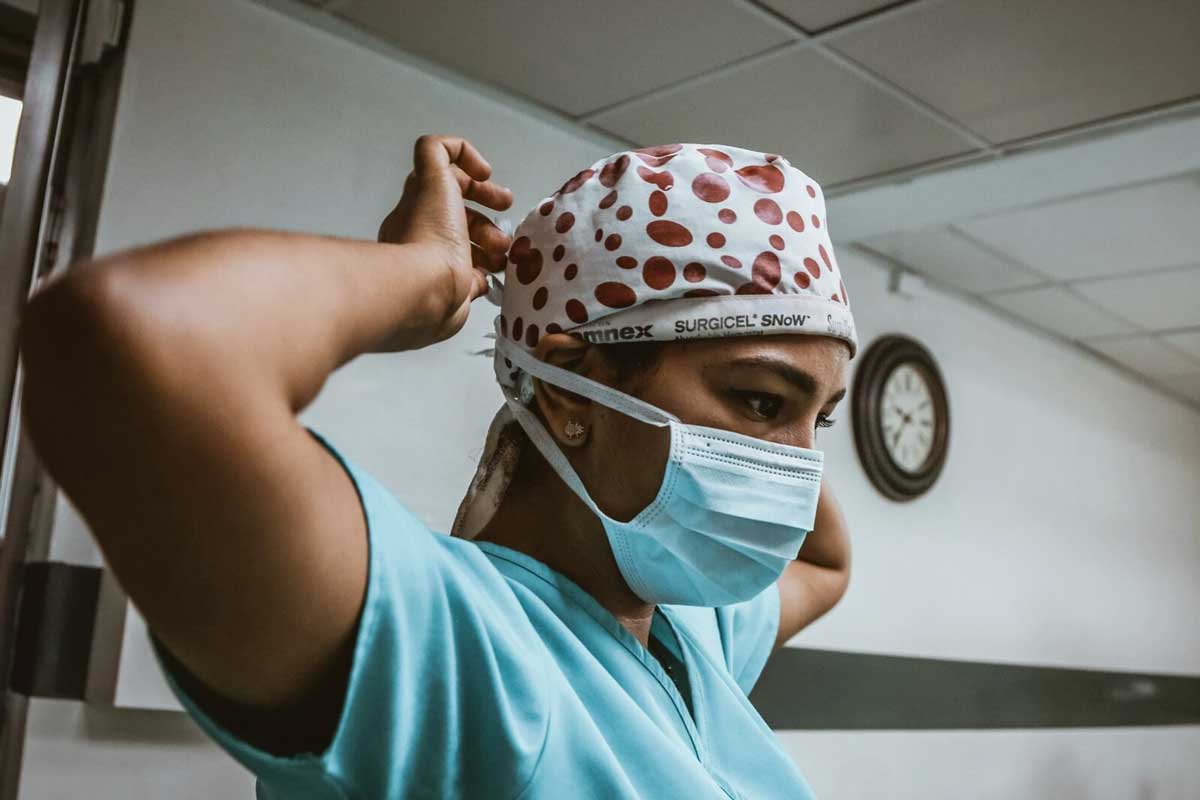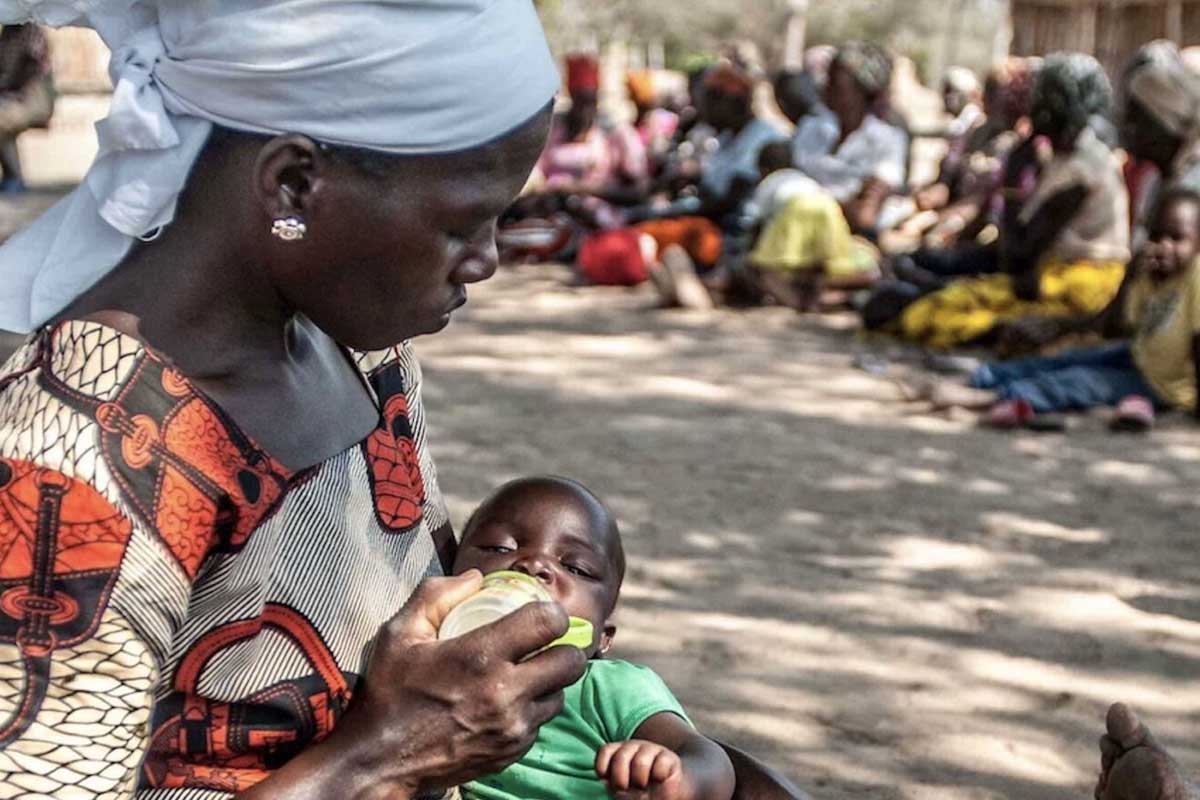What misusing antibiotics is really costing us
As antimicrobial resistance rises and some infections become incredibly hard, sometimes impossible, to cure, here’s how the costs of inaction are stacking up.
- 20 June 2023
- 4 min read
- by Priya Joi

What is the research about?
Antibiotic resistance has been rising rapidly over the past few decades, largely fuelled by the misuse of antibiotics. In some cases, poor prescribing practices mean that people are overprescribed antibiotics, meaning that patients are given antibiotics when doctors aren't even sure what's causing their infection, whether the causative pathogen is a bacterium, or whether this treatment is the correct one to address the issue. Poor prescribing may overlap with other trends fuelling the misuse of antibiotics, as when antibiotics are sold over the counter, or when counterfeit versions of antibiotic drugs are sold in markets.
Antibiotic overuse drives bacteria to evolve further, potentially developing resistance. The food animal sector is rife with overuse too, as antibiotics are pumped into animal feed. Indeed, there is evidence that the misuse in people is affecting animals, and vice versa.
Tackling AMR will require a wholesale shift in the way the world thinks about treating disease, keeping an eye on the untreatable infections that are already emerging.
During the pandemic, the misuse of antibiotics rose even more sharply as people tried whatever tools they had to hand in a desperate effort to deal with a dangerous virus.
As we enter a world where many killer bacteria such as Mycobacterium tuberculosis, which causes TB, and streptococcus, become extremely drug-resistant, routine infections risk becoming impossible to treat and surgeries difficult to perform. Even when infections are treatable, patients require far more resources for treatment, and tend to achieve worse clinical outcomes.
Have you read?
Data on the costs of antimicrobial resistance (AMR) is especially relevant for low- and middle-income countries (LMICs), which are least able to bear the mounting financial burden. A new study published last month in PLoS ONE looked at the economic burden of antibiotic resistance in LMICs.
What did the researchers do?
The researchers note that in the last 20 years, only five systematic reviews have been published on the economic burden of antimicrobial resistance, and none of these reviews "differentiate the economic burden of antibiotic resistance by the income of the countries, healthcare settings or study designs".
They undertook a systematic review of antibiotic resistance (specifically, rather than AMR as a whole) to better understand the economic burden delineated by these factors. Their analysis covered the time period between January 2016 and December 2021.
What did they find?
The study's authors identified 29 relevant studies to include in their systematic review. More than two-thirds (20 studies) were conducted in high-income economies, and the rest in upper-middle income economies. Concerningly, there were no studies from low-income economies. The most common bacteria studied were Staphylococcus aureus, Escherichia coli, Pseudomonas aeruginosa, Acinetobacter baumanii and Klebsiella pneumonia.
The healthcare costs of resistant infections were considerably higher than antibiotic-susceptible infections, and cost varied between healthcare settings. China was found to be the country with the highest economic burden due to antibiotic resistance. The cost of treatment for a resistant infection was nearly US$ 30,000 per patient per episode, in some cases. People battling antibiotic-resistant infections stayed in hospital 7.4 days longer, on average, than people sick with non-resistant infections. People with resistant infections were also much more likely to be readmitted to hospital, and more likely to die.
What does this mean?
This review indicates that while data on low-income countries is severely lacking, we have enough conclusive data from middle- and high-income nations to make it clear that there is a need to invest in strategies to temper the use of antibiotics, both in human and animal health, and to construct robust surveillance systems, capable of detecting and flagging the emergence of resistant pathogens.
Tackling AMR will require a wholesale shift in the way the world thinks about treating disease, keeping an eye on the untreatable infections that are already emerging. The researchers note that they would like to see more data coming from primary care settings – and not just hospital admissions – to offer a fuller picture of the scale of the problem.









